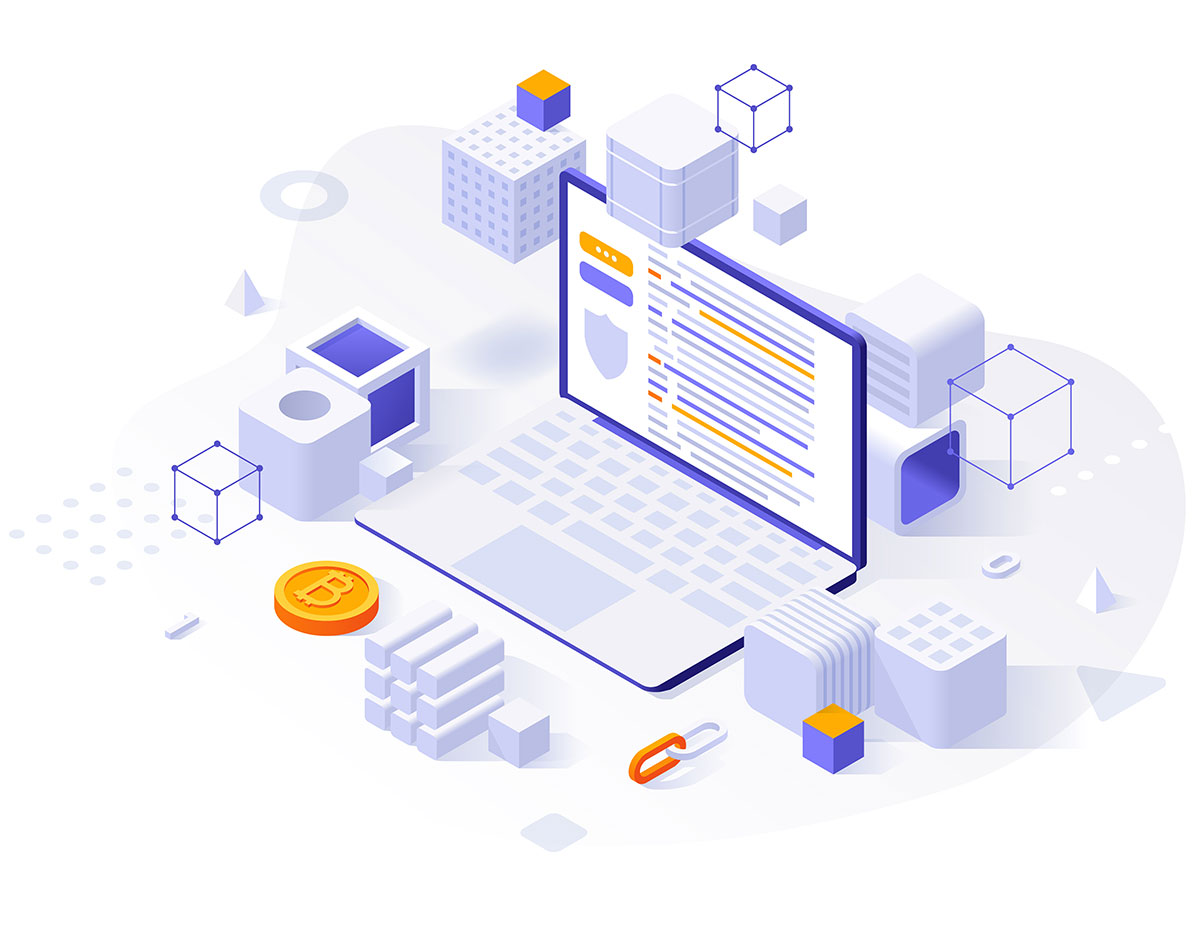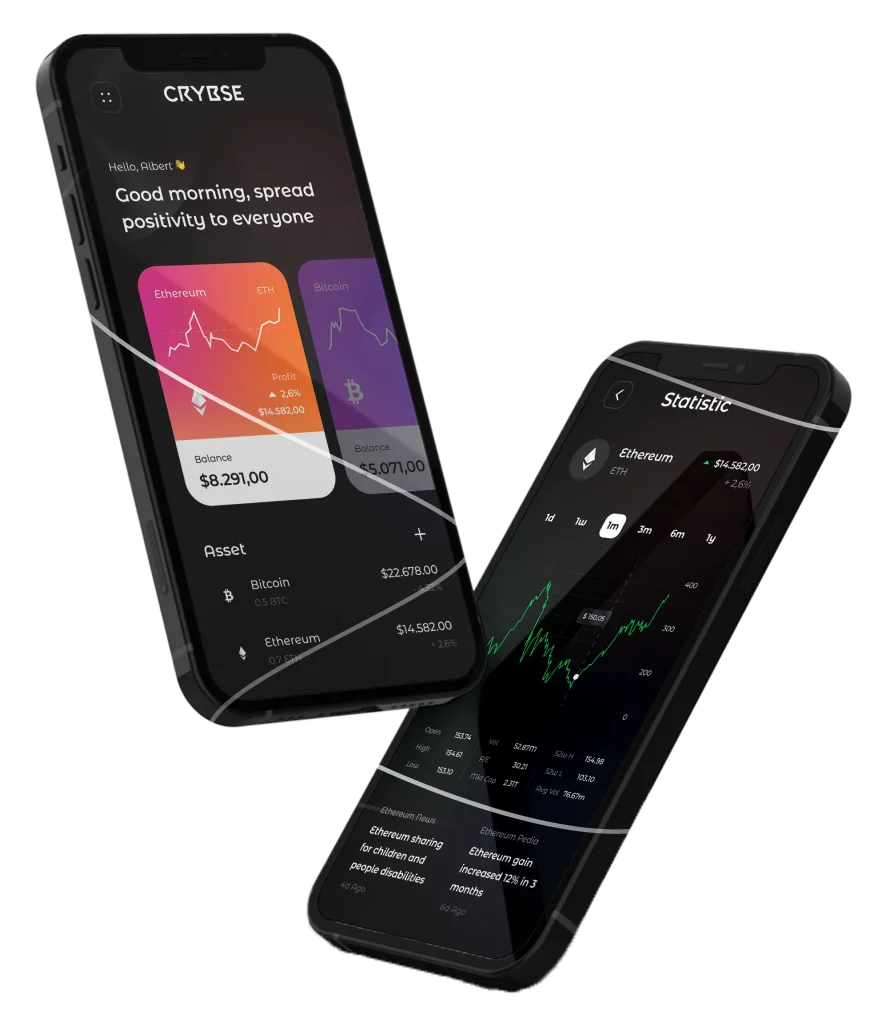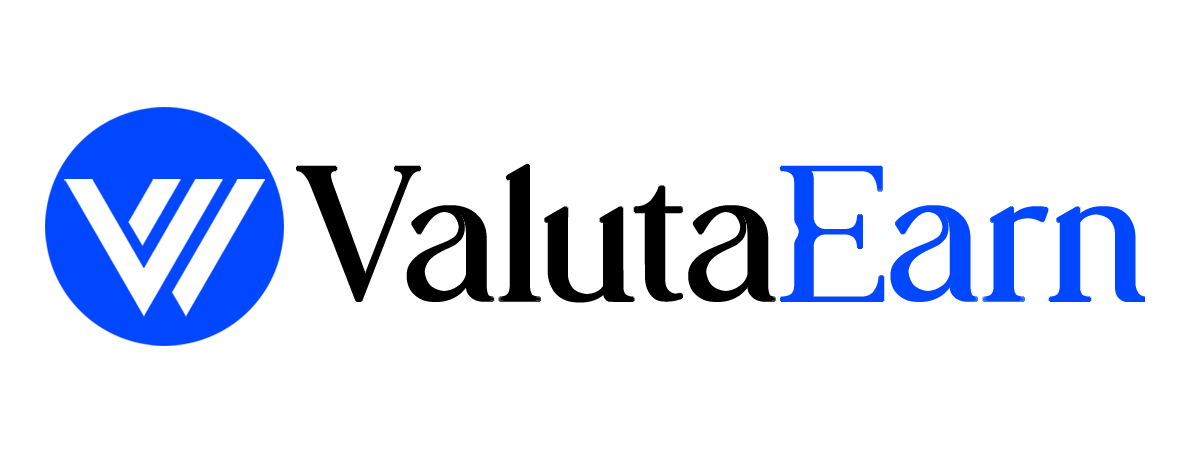Autonomous
The Bit Foundation ecosystem is built on the smart contract technology that is completely autonomous, which excludes human factor.
Transparent
The smart contract code is open, and anyone anytime can observe the entire transaction history. This ensures fair conditions...
Fully automatic
All transactions between the community members are executed directly from one personal wallet to another.

Explained Matrix Plan Ecosystem?
The Matrix plan is defined as a compensation plan with fixed width and depth with first two members on the first level. Once the front line (first two members on the first level) is filled then the rest of the members are added to the next available positions/spots on the tree termed as spillover.
Usually, companies choose a matrix plan over binary plan or unilevel plan for encouraging group sales. Matrix Plan is a unique plan compared to other compensation plans. Matrix companies may choose narrower or deep levels to attract distributors with more compensation possibilities.
Key Elements of a Blockchain
Distributed ledger technology
All network participants have access to the distributed ledger and its immutable record of transactions. With this shared ledger, transactions are recorded only once, eliminating the duplication of effort that’s typical of traditional business networks.
Immutable records
No participant can change or tamper with a transaction after it’s been recorded to the shared ledger. If a transaction record includes an error, a new transaction must be added to reverse the error, and both transactions are then visible.
Smart contracts
To speed transactions, a set of rules — called a smart contract — is stored on the blockchain and executed automatically. A smart contract can define conditions for corporate bond transfers, include terms for travel insurance to be paid and much more.
How Does a Blockchain Work?
You might be familiar with spreadsheets or databases. A blockchain is somewhat similar because it is a database where information is entered and stored. But the key difference between a traditional database or spreadsheet and a blockchain is how the data is structured and accessed.
A blockchain consists of programs called scripts that conduct the tasks you usually would in a database: Entering and accessing information and saving and storing it somewhere. A blockchain is distributed, which means multiple copies are saved on many machines, and they must all match for it to be valid.

Our Best Blockchain Solution Platform
A dapp has its backend code running on a decentralized peer-to-peer network. Contrast this with an app where the backend code is running on centralized servers.
DApps operate on Ethereum, an open public decentralized platform where no one person or group has control
We denounce with righteous indig onto nation and dislike men who are so beguiled and demo data.
DApps perform the same function irrespective of the environment in which they get executed
We denounce with righteous indig onto nation and dislike men who are so beguiled and demo data.
DApps can perform any action given with the required resources
Securities issued by a company acts as a collateral guarantee at the time of availing loans..
once a block is created – it cannot be changed, and every transaction is recorded in the history of time.
We denounce with righteous indig onto nation and dislike men who are so beguiled and demo data.

Benefits of Blockchain
Limited transparency can slow data verification. And with the arrival of IoT, transaction volumes have exploded. All of this slows business, drains the bottom line — and means we need a better way. Enter blockchain.
The components of the Blockchain Ecosystem
Blockchain is a decentralized peer-to-peer network. Its primary purpose is to perform transactions in an untrustworthy environment and store the transaction data in an immutable database.
1. Public Blockchain - It is a decentralized Open Source platform where anyone who has the internet connection can become a part of the blockchain network and can access current and past records and verify transactions. The purpose of a public blockchain is for mining and cryptocurrency exchanging.
2. Private Blockchain - It is a centralized platform with some restrictions and permissions to join the network. These Blockchains are usually used within an enterprise and organization. The purpose of private Blockchain is voting, supply chain management, digital identity, asset ownership, etc.
3. Hybrid Blockchain - It is a combination of both public and private blockchain. This Hybrid Blockchain gives businesses the flexibility to choose what data they want to make public and what data to keep private







